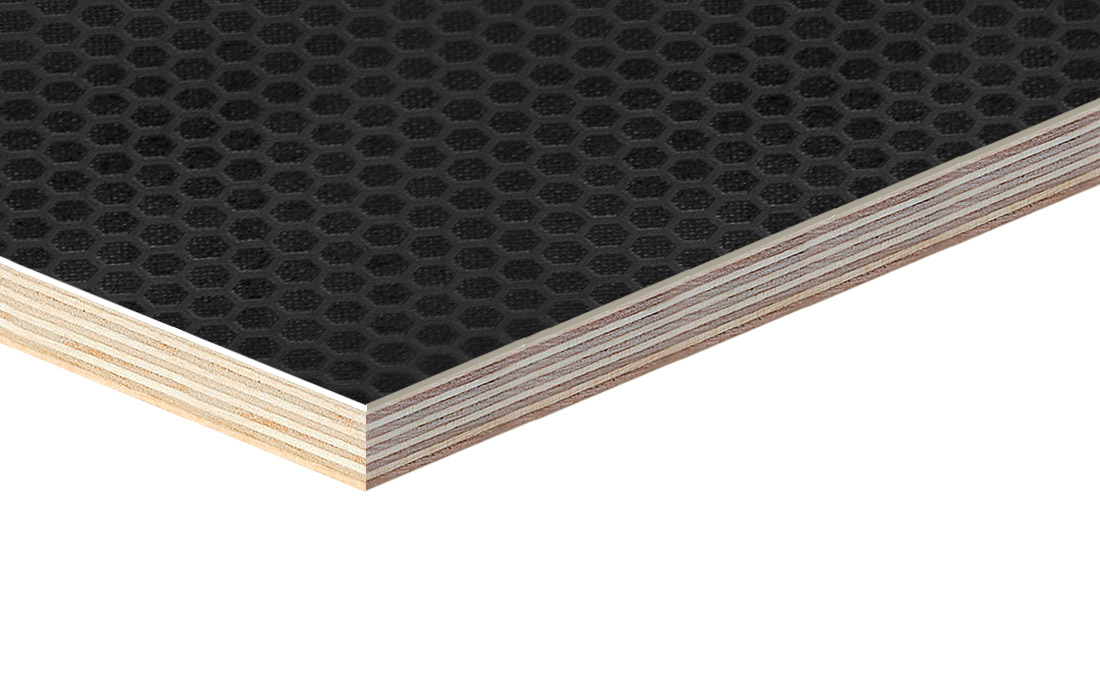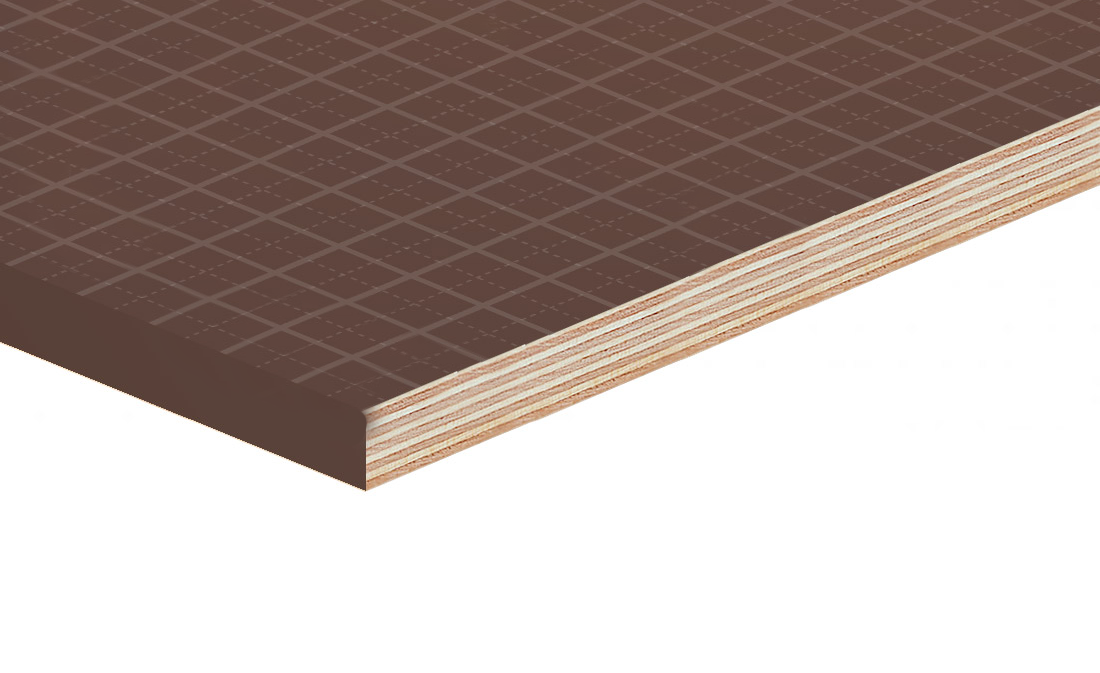SFK PLYWOOD
UNCOATED BIRCH PLYWOOD (EXT)
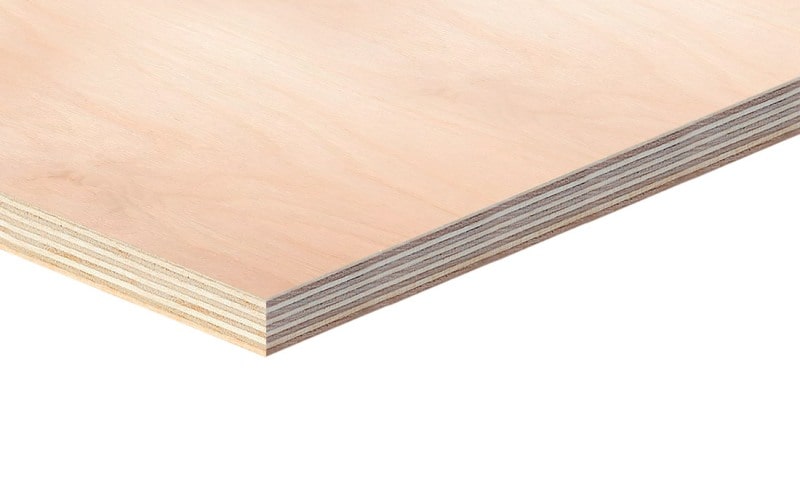
E GRADE
E-grade plywood is a material of exceptional quality and versatility that is carefully manufactured according to strict standards. The plywood is composed of pure birch veneers that are free from any visible defects. The strength and durability of E-grade plywood are not compromised by knots, holes from knots, wormholes, slight brown veins, or any other type of defect that may weaken the material.
When it comes to the roughness parameters of E-grade plywood, it is imperative that they meet the standards set by GOST 7016. For sanded plywood, the roughness parameters (Rm) should not exceed 100 microns. However, for unsanded plywood, the maximum roughness parameters should not exceed 200 microns. It is also important to note that E-grade plywood with a thickness of not more than 6.5 mm is not considered for warping. However, for plywood that is 6.5 mm or thicker, a deflection of not more than 15 mm per 1 m of the diagonal length of the plywood sheet is allowed.
Despite its strict manufacturing standards, E-grade plywood is incredibly versatile and can be used in a variety of applications. One of its most common uses is in the creation of laminated plywood. E-grade plywood is also widely used in the fields of mechanical engineering and construction. Its strength and durability make it an ideal material for creating doors, office furniture such as tables, chairs, cabinets, and much more. In fact, it is estimated that nearly ninety percent of office cabinet furniture is made from E-grade plywood.
In summary, E-grade plywood is a popular choice for a reason. Its exceptional strength, durability, and versatility make it an excellent material for a wide range of applications. From laminated plywood to office furniture, E-grade plywood is a high-quality material that meets rigorous standards and is sure to provide excellent performance for years to come.
E-grade plywood is one of the most commonly used plywood types in the world due to its exceptional quality and versatility. It is used in various fields, including:
Production of Laminated Products
E-grade plywood is a popular choice for creating laminated products such as flooring, countertops, and cabinets. This is because of its high strength and durability, which allows it to withstand heavy use over time. Its smooth surface also makes it ideal for laminating.
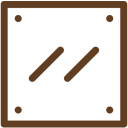

Mechanical Engineering
Mechanical engineers use E-grade plywood in various applications where strength and durability are crucial. It is used to make parts and components for machinery, as it can withstand high levels of stress and strain. E-grade plywood is also used to create formwork for concrete casting.
Construction
E-grade plywood is widely used in the construction industry due to its strength and durability. It is used in various applications such as wall and roof sheathing, flooring, and concrete formwork. It is also popularly used for creating exterior siding, as it can withstand harsh weather conditions.
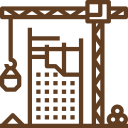

Office Furniture
E-grade plywood is an excellent material for creating office furniture such as tables, chairs, and cabinets. It is a popular choice because of its smooth surface, which makes it easy to paint or laminate. Additionally, its high durability ensures that office furniture made from E-grade plywood lasts for a long time.
In summary, E-grade plywood is an incredibly versatile material that can be used in various applications. Its strength, durability, and smooth surface make it an ideal choice for laminated products, mechanical engineering, construction, and office furniture.
1ST GRADE
First-grade plywood is a great choice when looking for high quality wood products. It has minimal defects, with only up to three wood or processing defects allowed, such as warping or cracks no longer than 200 mm. In addition, there should be no lack of veneer or defects in the edges of the plywood sheet during grinding and trimming, and they should not be larger than 2 mm. Knots, which can come in the form of healthy, intergrown, light or dark knots are allowed, with a diameter of not more than 15 mm. Partially intergrown knots, falling knots, holes from them, and a wormhole with a diameter of not more than 6 mm are also allowed, but limited to only three pieces per 1 m2.
When it comes to its use, grade 1/1 plywood is an excellent choice for the following areas:
Production of Laminated Products
First-grade plywood is a popular choice for creating laminated products such as flooring, countertops, and cabinets. Its smooth surface and minimal defects make it an ideal material for lamination.


Decor
First-grade plywood is also used for decorative purposes, such as creating wall panels, ceiling panels, and doors. Its high quality and minimal defects make it an excellent choice for creating decorative elements.
Parquet
First-grade plywood is a great choice for creating parquet flooring. Its strength and durability allow it to withstand heavy foot traffic, and its minimal defects make it an ideal material for creating a smooth and even surface.
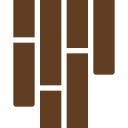

Furniture
First-grade plywood is an excellent material for creating furniture such as tables, chairs, and cabinets. Its smooth surface and minimal defects make it easy to paint or laminate, and its high durability ensures that furniture made from first-grade plywood lasts for a long time.
In short, first-grade plywood is a versatile material that can be used for a wide range of applications, including laminated products, decorative elements, parquet flooring, and furniture. Its minimal defects and high quality make it an excellent choice for any project that requires high-quality wood products.
2ND GRADE
When it comes to grade 2 plywood, it’s important to note that certain characteristics are allowed. These include partially intergrown, non-intergrown, falling knots, and holes with a diameter of no more than 6mm. Plywood sheets with these characteristics are allowed in the amount of 6 pieces per square meter. Additionally, there can be no more than 10 healthy intergrown knots per square meter with a diameter of up to 25mm.
To ensure the quality of the plywood, repairs are allowed on the surface of the sheet. Knots and open defects are sealed with veneer inserts. This allows for greater durability and overall strength. Usage areas include:
Construction of Interior Partitions
Grade 2 plywood is a popular choice when it comes to the construction of interior partitions. Its relatively low cost and ease of use make it an ideal material for creating walls in homes, offices, and other structures. Additionally, the characteristics allowed in this grade of plywood make it suitable for this purpose, as the knots and other small defects are unlikely to affect the overall stability of the partition.
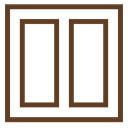

Furniture
Another common use for grade 2 plywood is in furniture production. The plywood’s durability and strength make it an excellent choice for creating tables, chairs, and other furniture items that will see regular use. Additionally, the ability to repair the surface of the sheet with veneer inserts means that even minor defects can be easily addressed, ensuring that the furniture is both sturdy and aesthetically pleasing.
Overall, grade 2 plywood is a versatile material that can be used for a range of applications. Whether you’re constructing interior partitions or creating furniture, this grade of plywood is sure to provide excellent performance and durability.
3RD GRADE
- For third-grade plywood, the standards permit partially intergrown and not intergrown knots, as well as falling knots and the holes that come with them. The regulations also permit up to 10 wormholes per 1 m² of sheet surface, as long as they have a diameter of no more than 6 mm.
- Furthermore, healthy intergrown knots are allowed without any limits on their number. This means that the plywood can have a number of knots that are still considered acceptable.
This type of plywood is ideal for manufacturing structures that are not visible from the outside, such as containers and packaging. It can also be used for various outdoor finishing and construction works. In fact, this plywood is versatile enough that it can be used in the construction of temporary storage facilities and other light outbuildings. Additionally, it can be utilized as reusable formwork and packaging structures, which is a great benefit for those who want to reduce waste and save money on future projects.
Manufacture of Structures Hidden from External View
Third-grade plywood is ideal for creating structures that are not visible from the outside, such as containers and packaging. The allowed characteristics of the plywood make it an excellent choice for these types of structures as the knots and other small defects are unlikely to affect the overall stability of the structure.
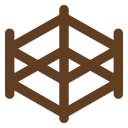
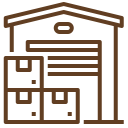
Temporary Storage Facilities
Third-grade plywood is also a popular choice for the construction of temporary storage facilities. Its relatively low cost and ease of use make it an ideal material for creating structures that are only intended for temporary use.
Light Outbuildings
Third-grade plywood can also be used in the construction of light outbuildings such as sheds, cabins, and other similar structures. Its durability and strength make it an excellent choice for these types of applications.


Packaging
Finally, third-grade plywood is a great material for creating packaging structures. Its ability to be reused makes it an excellent choice for those who want to reduce waste and save money on future projects. Additionally, its strength and durability ensure that products are well-protected during transport and storage.
4TH GRADE
When it comes to grade 4 plywood, any manufacturing defects are allowed:
- Partially intergrown, non-united, falling knots, holes from them, a wormhole are allowed in unlimited quantities with a diameter of not more than 40 mm, only good gluing is guaranteed.
Plywood 3/3 and 3/4 and 4/4 is used for construction purposes. Walls and floors are leveled with it, it is used for the construction of roofs and the construction of formwork. Sheets grade 4/4 are also suitable for the manufacture of packaging and containers.
Walls and Floor Leveling
In terms of usage, grade 4 plywood has a wide range of applications. One of its primary uses is for leveling walls and floors. Plywood sheets are often used as subflooring to create a level surface that can then be covered with other materials such as carpet or tile.
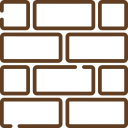

Construction of Roofs
Another common use for grade 4 plywood is in the construction of roofs. Plywood sheets can be used as sheathing for roofs, providing a strong and durable layer that can withstand the elements. Plywood is often used in combination with other materials such as asphalt shingles, metal roofing, or clay tiles to create a functional and aesthetically pleasing roof.
Packaging
Grade 4 plywood is also suitable for the manufacture of packaging and containers. Due to its strength and durability, plywood sheets can be used to create boxes, crates, and other types of packaging that can safely transport goods. Additionally, plywood containers are often used for storage purposes, as they can be stacked and provide a sturdy and secure storage solution.

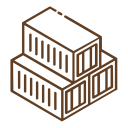
Manufacture of Containers
Finally, grade 4 plywood is also commonly used in the manufacture of containers. Plywood containers can be used to transport a wide range of goods, including food items, electronics, and industrial equipment. Plywood containers are often preferred over other types of containers due to their strength, durability, and relatively low cost.



